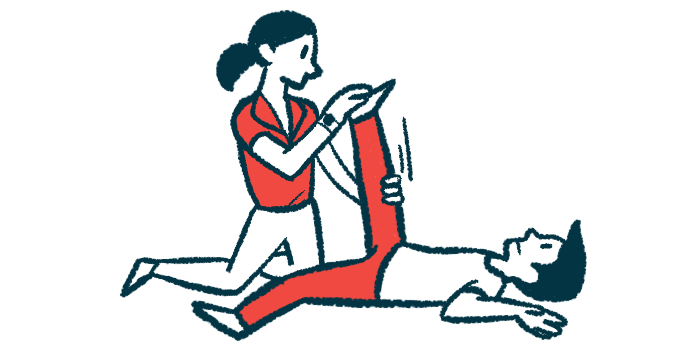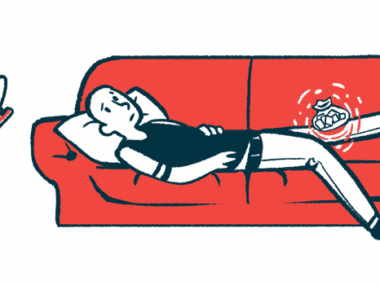Multidisciplinary rehab offers range of benefits for hEDS patients: Study
Improvements seen in exercise capacity, fatigue, balance, and quality of life
Written by |

A nine-week multidisciplinary rehabilitation program was associated with improved exercise capacity, reduced fatigue, better balance, and greater life quality for people with hypermobile Ehlers-Danlos syndrome (hEDS) in a small study.
Many of these benefits — and new ones — were evident six weeks and six months after the rehab program ended.
“These results show the value of multidisciplinary management, based on physical activity, and associated with educational or mental well-being activities for patients with hEDS,” researchers wrote.
The study, “Multiple sustainable benefits of a rehabilitation program in therapeutic management of hypermobile Ehlers-Danlos syndrome: A prospective and controlled study at short- and medium-term,” was published in the Archives of Physical Medicine and Rehabilitation.
Symptoms can make exercising difficult, leading to fear of movement
The most common type of Ehlers-Danlos syndrome, hEDS is characterized by a range of symptoms, including fragile skin, overly mobile joints, musculoskeletal problems, pain, and fatigue.
Together, these symptoms can make exercise difficult, in turn causing a fear of movement (kinesiophobia) for some patients, which further contributes to reduced exercise capacity and propensity for injuries when active.
Still, experts recommend physical exercise programs for hEDS patients to improve functional capacity, muscle strength, and balance.
Given the wide range of symptoms that patients experience, a multidisciplinary rehabilitation approach involving both physical movement and psychological therapy may help people with hEDS.
Such interventions in a controlled environment could help to “break the vicious circle of kinesiophobia, deconditioning, and injury,” according to the researchers. However, few studies have evaluated this type of approach in this patient group.
These results show the value of multidisciplinary management, based on physical activity, and associated with educational or mental well-being activities for patients with hEDS.
18 women, 1 man complete 9-week rehab program
In the study, researchers described the findings from a clinical trial (NCT04680793) they conducted to evaluate the effects of a nine-week multidisciplinary rehabilitation program in people with hEDS in France. Among the 19 participants who completed follow-up, 18 women and one man, the mean age was 45.
All participants first completed a nine-week control period without any rehabilitation intervention, followed by nine weeks of rehab.
For the first month of the rehabilitation phase, activities were performed two days per week, followed by a week of rest. Activities were performed three days per week for the remaining month. About two-thirds of the intervention involved various physical activities (e.g. walking, yoga), and one-third entailed educational or mental well-being activities, such as sophrology, a relaxation technique.
Patients were then followed for an additional six months without any intervention.
The trial’s main goal was to evaluate the effects of rehab on functional exercise capacity, as assessed by the distance a person can walk in six minutes, known as the six-minute walk test (6MWT).
6MWT performance did not change during the control period, but patients saw a significant improvement immediately after the nine weeks of rehab.
Other improvements were also seen immediately at the close of the intervention, including better balance with closed eyes, reduced fatigue, and better life quality across several domains.
Patients experience less pain, depression, and hyperventilation after 6 weeks
Six weeks later, benefits related to balance, fatigue, and life quality were maintained, and new gains were also observed. Specifically, patients were experiencing less pain, depression, and hyperventilation, a respiratory symptom marked by rapid or deep breathing.
After six months, benefits were still observed in 6MWT performance, as well as in kinesiophobia, depression, hyperventilation, and life quality.
Overall, the results “show a multidimensional improvement on both mental and physical health” after rehabilitation, the researchers wrote.
They believe the maintenance of improvements and new gains in the weeks to months after the program’s end could be due to “behavioral changes in the patients’ daily lives that were implemented after the [rehabilitation program].”
However, physical activities after the program ended were not recorded, and “further investigations are needed to respond to these hypotheses.”
To achieve even greater gains in patients long term, some type of routine follow-up could be beneficial, the scientists noted.






